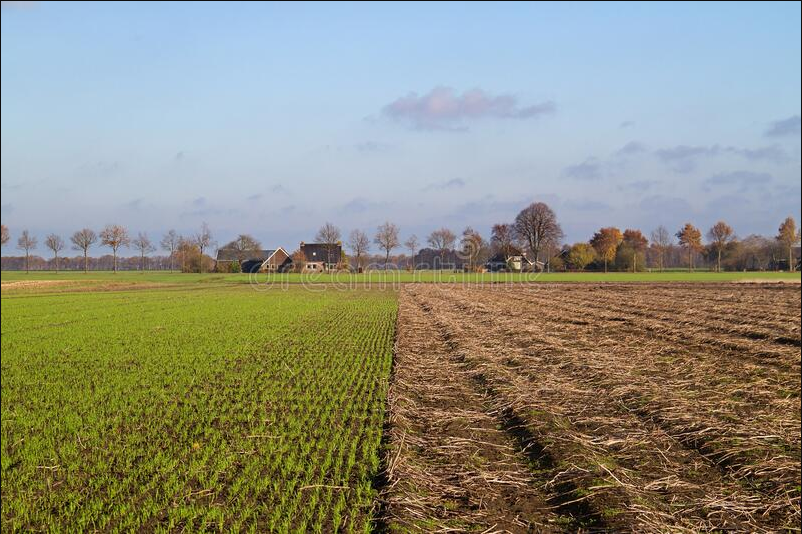Weeds are one of the biggest problems that farmers face when trying to maintain a productive crop. Fortunately, there are a variety of weed control methods available to help farmers manage their crops more efficiently and effectively.
In this blog post, we will cover the 4 best weed control methods that every farmer should know about. These options will cover all things from mechanical to chemical options that will help farmers keep their crops healthy and free from unwanted weeds.
So, let’s learn more about the best weed control methods available to farmers today.
Table of Contents
1. Crop Rotation

Crop rotation is a great way to control weeds in your agricultural fields. This involves planting different crops in the same field in a sequence over time. By rotating the crops, you can disrupt the life cycle of common weeds and reduce their spread in the field.
Crop rotation also has several other benefits for your soil and crops. For example, it can help to improve the soil structure by increasing organic matter levels and improving its nutrient content.
Additionally, planting different crops each year can reduce the risk of pests and diseases becoming established in the soil. Farmers can use a natural weed killer spray to control the growth of weeds in their crops.
2. Hand Weeding

Hand weeding can be a time-consuming but effective method for controlling weeds in agricultural fields. It is the simplest and most economical way to keep your crop free from unwanted weeds. Hand weeding involves removing weeds by hand or with small hand tools.
Hand weeding can be done at any stage of growth and does not require using herbicides or other chemicals. This makes it an ideal method for organic farmers and gardeners.
In addition, it allows farmers to control weeds more selectively, as they are able to identify and remove only those weeds that are causing a problem in the field.
3. Sickling and Mowing

The sickle is one of the oldest tools used in agriculture. It was used to harvest crops when there were no machines available. Today, when multiple automatic tools are available in agriculture, a sickle is used to remove weeds from the ground manually.
Mowing, on the other hand, is done by machine, and it can be an effective way to control weed growth in crops. It does the same job as sickling but with increased efficiency.
4. Mulching

Mulching is one of the most popular and effective weed control methods in agricultural settings. It involves covering the soil with a layer of organic material, such as bark or straw, to prevent weeds from growing.
This technique helps create an environment that prevents the production of weeds while still providing nutrients to the soil. Not only does it reduce the need for herbicides, but it can also help improve soil quality by pest extermination and increasing its fertility and water-holding capacity.
Additionally, mulching can protect from erosion and assist in controlling soil temperature. Farmers have been using this method for centuries, making it one of the most reliable and cost-effective ways to manage weeds.
